Products
Automation
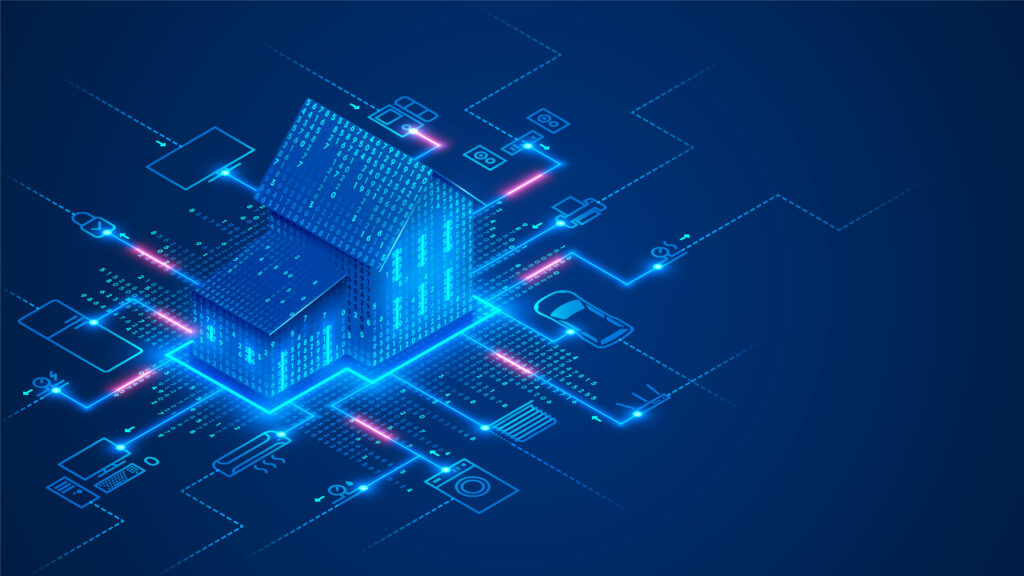
1
Smart Homes
Smart homes refer to houses equipped with modern technologies and smart devices that contribute to improving the quality of life and providing comfort and security for their residents. Smart homes include a variety of devices and technologies that work together to enhance user experience and improve energy and resource efficiency. Among these devices and technologies:
- Voice control devices: Such as voice assistants like Amazon Alexa, Google Assistant, and Apple HomeKit, allowing users to control home devices and systems simply through voice commands.
- Smart lighting systems: Smart lighting systems enable adjusting brightness, changing colors, scheduling lighting, and remote control using smartphones or control devices.
- Smart heating and cooling systems: Smart heating and cooling systems allow for effective temperature adjustment in the home according to a schedule or environmental factors, facilitating energy saving and improving comfort.
- Smart security and surveillance systems: Including surveillance cameras and alarm devices that operate with artificial intelligence technologies to monitor motion and alert unwanted events in the home.
- Smart kitchen appliances: Including refrigerators, cooking ovens, microwaves, and toasters that allow users remote control and receive notifications about their status and optimal use.
Smart homes aim to improve residents’ comfort, save energy, and enhance security, with their adoption and prevalence increasing with the advancement of technology and the decrease in the costs of smart devices.
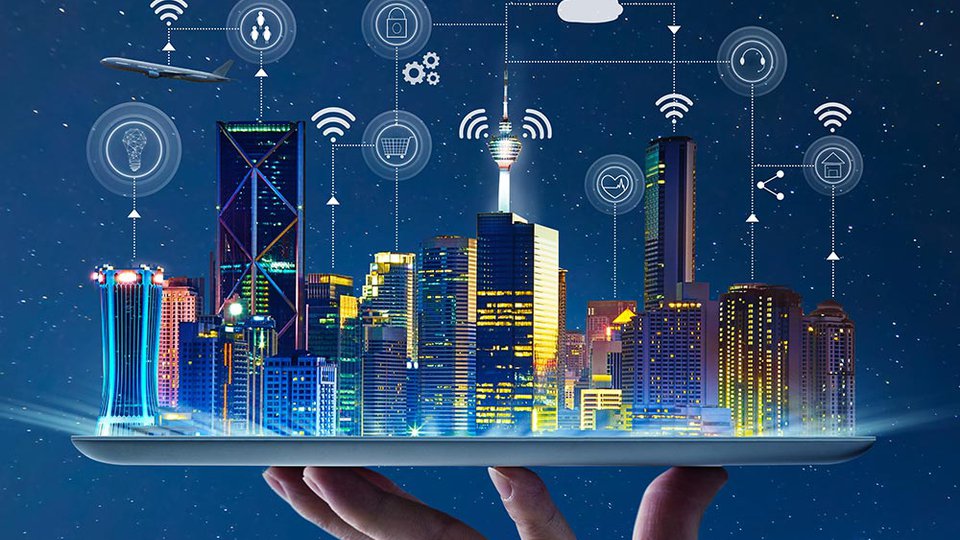
2
Building Management System (BMS)
Building Management System (BMS), is a system used to monitor and control the operations and facilities of a building in an integrated and centralized manner. BMS aims to improve resource utilization efficiency, save energy, and enhance user comfort within the building.
The functions of a Building Management System include:
- Systems and equipment monitoring: BMS allows monitoring the performance of systems and equipment in the building such as Heating, Ventilation, and Air Conditioning (HVAC) systems, lighting systems, security systems, and others.
- Automated control: The Building Management System can determine and execute automated control actions to achieve higher resource utilization efficiency, such as adjusting temperatures, managing lighting, and regulating ventilation.
- Alerting and alarm: BMS provides a comprehensive alerting and alarm system in case of problems or malfunctions in various systems within the building, enabling swift intervention and effective maintenance.
- Data analysis: The Building Management System can analyze data and generate detailed reports on energy consumption and system performance, aiding in making strategic decisions to improve building efficiency.
- Remote communication and control: BMS allows users to remotely control and monitor building systems, whether through computers or smart applications on mobile phones.
By using a Building Management System, building owners and operators can increase resource utilization efficiency, save costs, enhance user comfort, and contribute to environmental preservation by reducing energy consumption and carbon emissions.
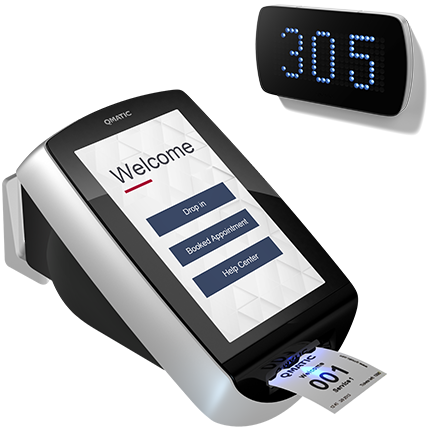
3
Queue Management System (QMS)
A Queue Management System (QMS) is used to organize and manage waiting processes and facilitate the movement of clients or customers in places experiencing high visitor flow, such as stores, banks, hospitals, government agencies, and service centers.
Functions of the Queue Management System include:
- Ticket Issuance: The system allows clients or visitors to issue virtual or paper tickets with a sequential number representing their place in the queue.
- Queue Management: The system enables staff to track the status of queues, update priorities, and direct clients to the appropriate service window.
- Announcements and Information: The system can display advertisements and important information to clients while they wait, such as special offers or essential instructions.
- Reporting and Statistics: The system provides periodic reports and statistics on waiting times, service durations, and the efficiency of the organization process.
- Integration with Other Systems: The Queue Management System can integrate with Customer Relationship Management (CRM) systems or booking systems to enhance the overall customer experience.
By implementing a Queue Management System, customer experience is improved, wait times are reduced, and service efficiency is enhanced, leading to greater customer satisfaction and increased productivity for the organization.
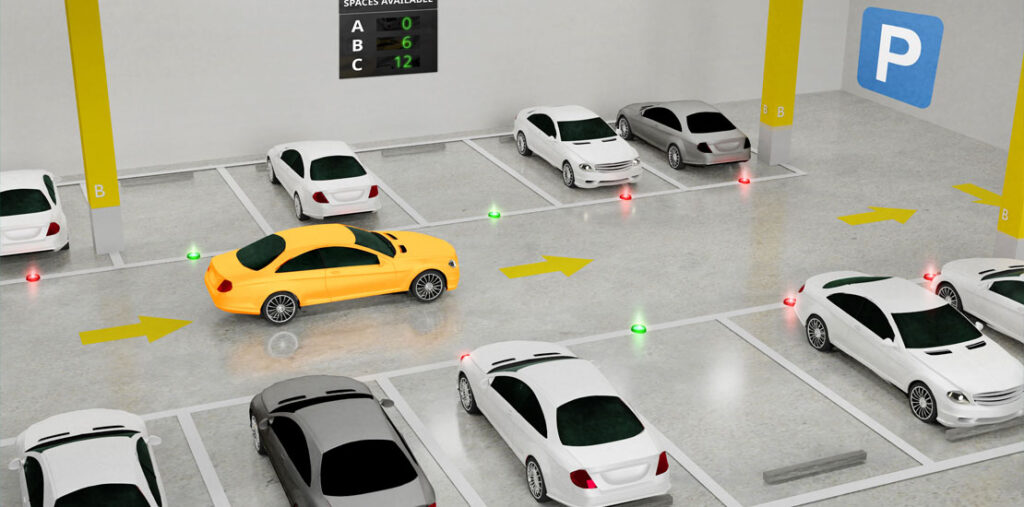
4
Park Management System
A Park Management System is used to organize and manage the operations and services related to parking facilities and garages. This system enables operators and park owners to effectively and efficiently manage parking spaces.
Functions of the park Management System include:
- Space Management: The system allows operators to identify and manage available parking spaces and distribute them effectively among visitors and users.
- Ticket Issuance and Payment: The system facilitates the issuance of entry and exit tickets and offers multiple payment options such as cash, credit cards, and smart applications.
- Access Control: The system enables the regulation of access to park facilities and services through technologies such as smart cards or QR codes.
- Signage and Guidance: The system can guide drivers to available parking spots efficiently using signage and directed lighting technologies.
- Reporting and Statistics: The system provides periodic reports and statistics on parking usage, revenues, peak times, and general user trends.
By using a Park Management System, operators can enhance the user experience for parking, improve the efficiency of space utilization, offer better services to visitors and users, and increase revenues and profitability for their facilities.
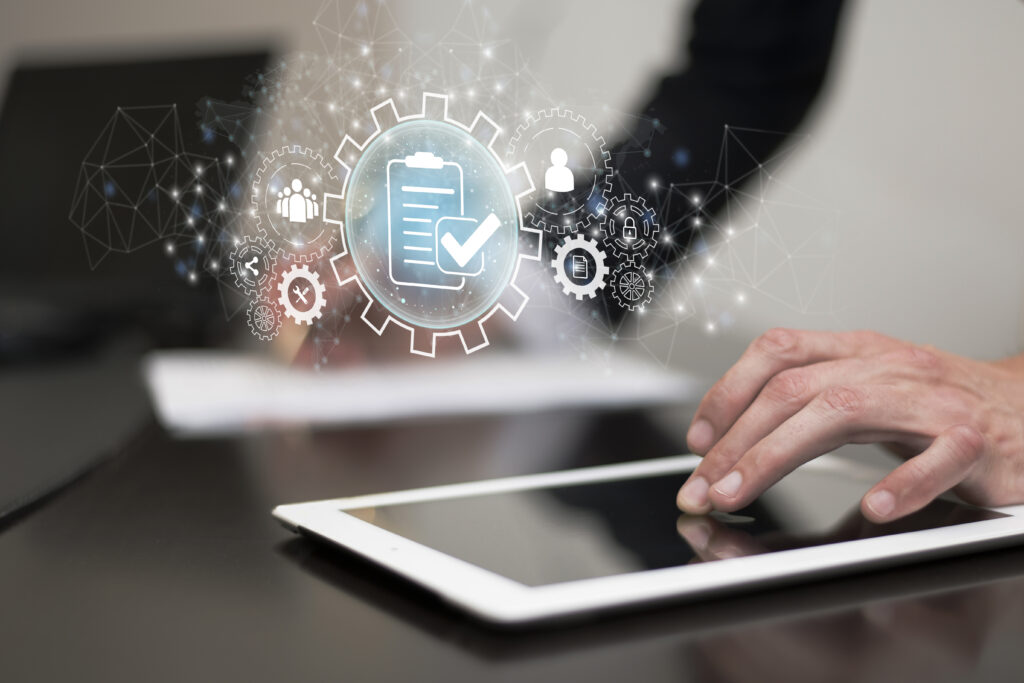
5
Central Library Management System and Book Lending System
The Central Library Management System and Book Lending System are essential tools that enable modern libraries to enhance their efficiency and provide high-quality services to their patrons. This system relies on information technology to manage all library operations interactively, including inventory management, memberships, lending and returning books, and providing detailed reports and analyses to support decision-making.
Components of the Central Library Management System:
- Integrated Library System (ILS):
- Central Database: Stores data on books, users, and lending/return records.
- User Interface: An online portal or app where users can search for, reserve, and request to borrow books.
- Inventory Management: Registers new books, tracks their locations, and manages inventory.
- Membership Management: Registers new members, updates their information, and monitors membership validity.
- Lending and Returning Functions: Tracks book loans and returns, and calculates overdue fines.
- Reporting and Analysis: Generates periodic reports on library usage, most borrowed books, and other important analyses.
- Hardware and Equipment:
- QR or Barcode Scanners: For tracking books and managing lending and returns.
- Servers: For storing the database and providing system services.
- Computers and Mobile Devices: For library staff and users to access the system.
Benefits of Using the Central Library Management System and Book Lending System:
- Improved Administrative Efficiency:
- Automation: Simplifies the management of books, members, and lending/returns through automation.
- Time and Effort Savings: Reduces the time spent on manual procedures.
- Enhanced User Experience:
- Quick Search: Enables users to search for books and resources quickly and easily.
- Automatic Notifications: Alerts users about return dates, fines, and available books.
- Online Access: Provides access to library services from anywhere and at any time.
- Support for Administrative Decisions:
- Detailed Reports and Analyses: Provides detailed data on library usage to help management make informed decisions.
- Collection Tracking: Easily tracks the status of books and inventory.
- Security and Accuracy:
- Data Protection: Secures member and book data through access rights management and encryption.
- Error Reduction: Minimizes human errors through automation and improves record accuracy.
Using the Central Library Management System enhances the efficiency of daily operations, provides better services to users, and supports data-driven decision-making.
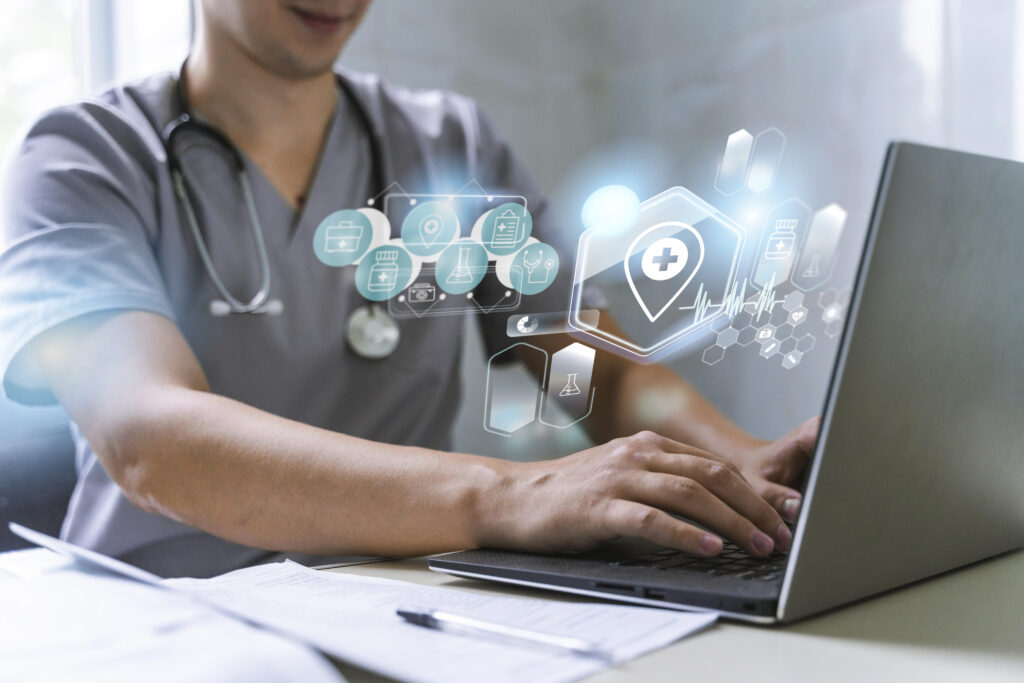
6
Hospital and Health Center Management System
A Hospital and Health Center Management System is an integrated system used to manage operations and information within hospitals and medical centers. The primary aim of this system is to enhance the efficiency of health service delivery and organize internal operations within medical institutions, thereby contributing to high-quality patient care.
Functions of the Hospital and Health Center Management System:
- Patient Management: The system allows for the registration of patient data, tracking their medical history, and providing appropriate medical services.
- Appointment and Scheduling Management: The system can organize patient appointments and medical schedules, directing them to the appropriate departments and doctors.
- Medical Communication: The system facilitates the secure and smooth exchange of medical information between doctors, nurses, and patients.
- Medical Equipment and Device Management: The system tracks and manages the use of medical devices and equipment within the hospital.
- Billing and Health Insurance: The system can generate medical service bills, follow up on health insurance processes, and submit claims automatically.
- Reporting and Analytics: The system provides periodic reports and statistics on hospital performance, resource utilization, and patient satisfaction.
- Operations and Maintenance: The system helps manage the operations and maintenance of hospital buildings and medical equipment.
By using a Hospital and Health Center Management System, medical institutions can improve health service delivery, enhance patient experience, and increase the efficiency of resource utilization, leading to an overall improvement in the quality of healthcare provided.
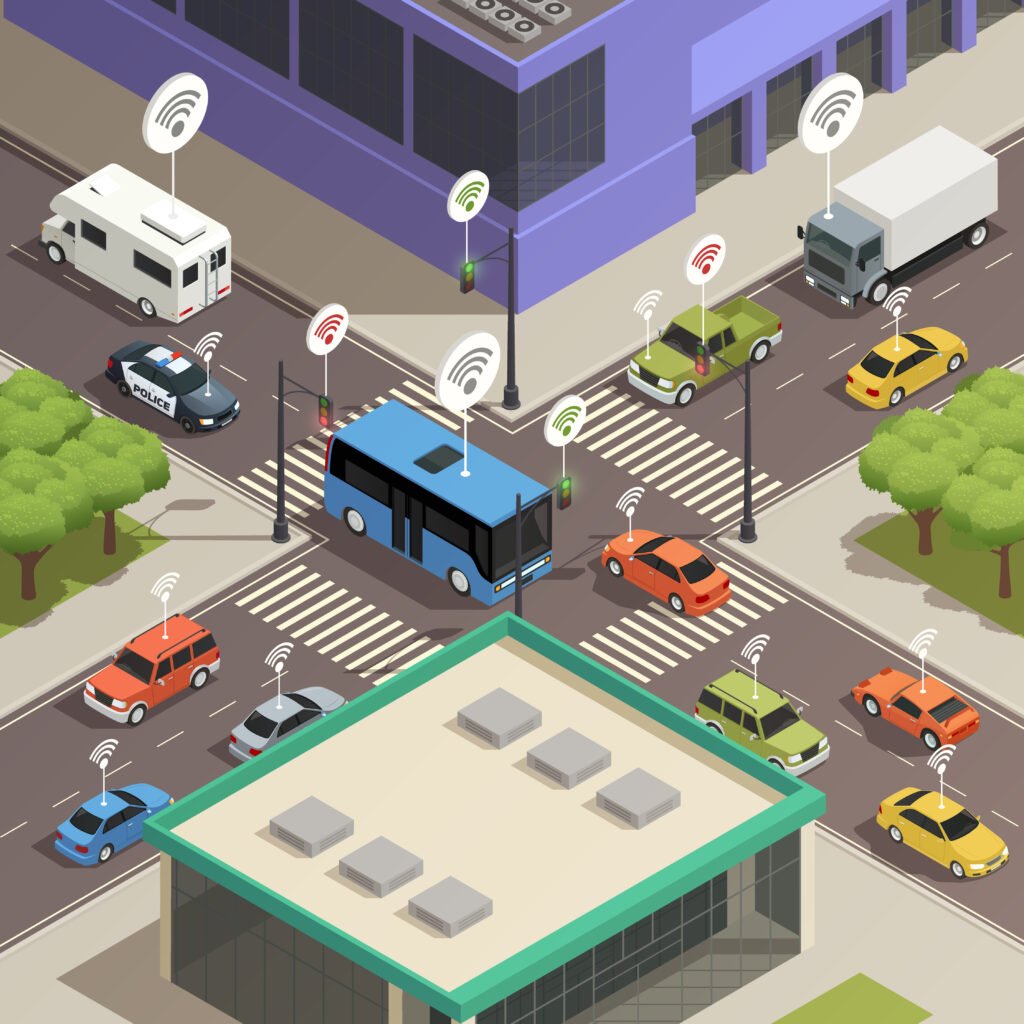
7
Traffic Management System
A Traffic Management System is utilized to organize and monitor the flow of traffic on roads and streets. This system aims to improve road safety, regulate traffic flow, and enhance transportation efficiency in urban areas and cities.
Functions of the Traffic Management System:
- Traffic Signals and Lights: The system includes the installation and management of traffic signals and lights to regulate vehicle flow and ensure pedestrian safety.
- Checkpoints and Surveillance Cameras: The system can employ checkpoints and surveillance cameras to monitor speed, enforce traffic laws, and detect traffic violations.
- Smart Traffic Flow: The system uses traffic flow control technologies such as synchronized signals and smart signals to improve traffic flow.
- Incident and Emergency Management: The system enables authorities to track traffic incidents and emergencies, coordinate quick response, and direct traffic safely.
- Traffic Analytics and Policy Guidance: The system provides periodic reports and analytics on traffic patterns, offering guidance for developing traffic policies and urban transportation planning.
By using a Traffic Management System, authorities can enhance the experience of drivers and pedestrians, improve road safety, reduce traffic congestion, and boost transportation efficiency in urban areas.
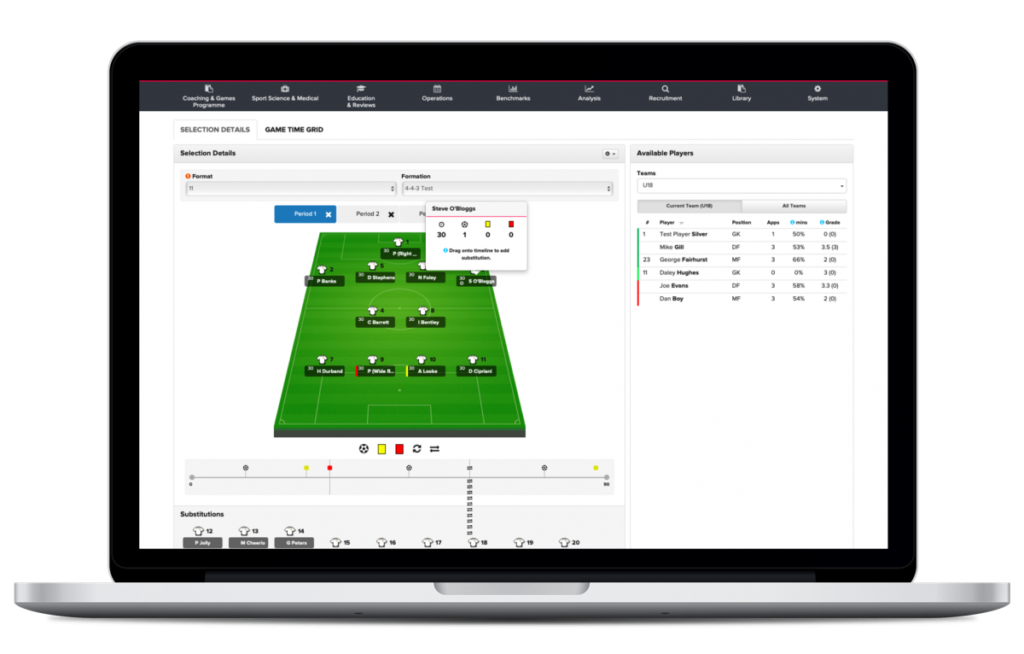
8
Football Association Management System
A Football Association Management System is utilized to manage and organize activities and operations related to a football association at the local, national, or international level. This system aims to enhance the management and development of the sport, fostering its success across various levels.
Functions of the Football Association Management System:
- Organizing Tournaments and Competitions: The system enables the association to efficiently organize tournaments and competitions, including scheduling matches, registering teams, and managing results.
- Player and Team Management: The system can register player and team data, track their performance, and determine their eligibility for participation in tournaments and matches.
- Referee and Umpire Management: The system allows for the appointment and management of referees and assistants, tracking their performance and providing reports on their decisions and performance.
- Registration and Licensing: The system facilitates clubs and players in submitting registration applications and obtaining the necessary licenses for participation in sports activities.
- Communication and Marketing: The system can facilitate communication between clubs, players, and fans, as well as market tournaments and sports events to attract more audiences.
By using a Football Association Management System, sports associations can improve the management and organization of sports, enhance interaction with fans, develop sports talents, and elevate the sport’s status in the community.
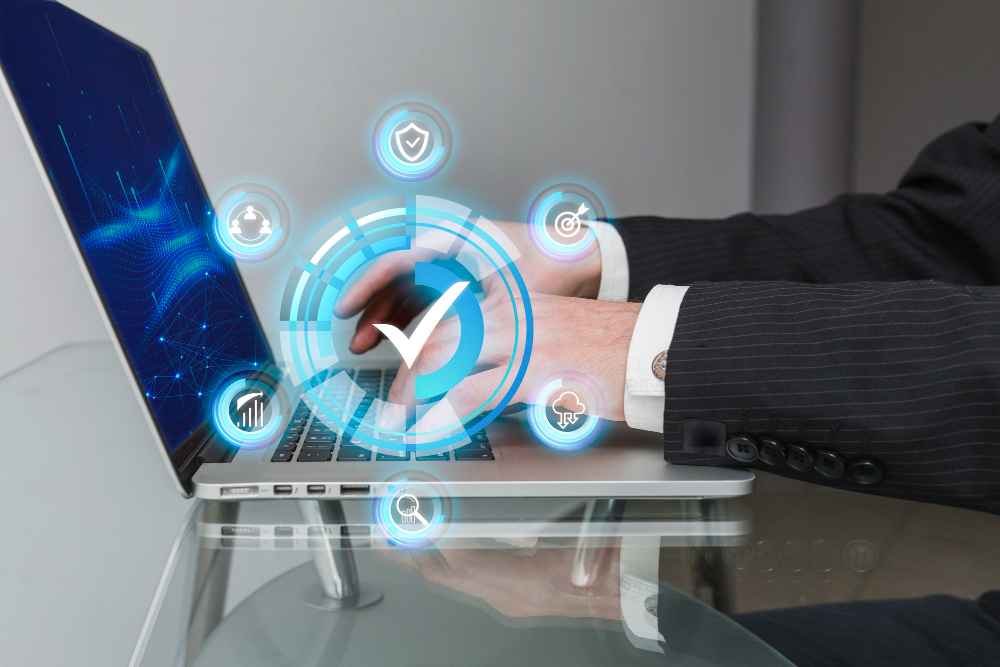
9
Business Process Automation (BPA) System
A Business Process Automation (BPA) system comprises a set of technologies and tools used to enhance and streamline business processes within organizations and companies. The primary goals of a BPA system are to improve work efficiency, reduce errors, save time and effort, increase productivity, and enhance the user experience.
Functions of the Business Process Automation System:
- Receiving and Processing Orders: The system can receive orders from customers or clients through various channels such as email, websites, and phones, and then process them automatically without manual intervention.
- Process Routing: The system automatically routes processes to the appropriate employees according to the workflow and predefined business rules.
- Alerts and Notifications: The system can send alerts and notifications to employees and customers about the status of orders, transactions, and various tasks.
- Reporting and Analysis: The system provides periodic reports and analyses on the performance of processes and potential improvements.
- Integration with Other Systems: The BPA system can integrate with various other systems used within the organization, such as Customer Relationship Management (CRM) systems and Human Resource Management (HRM) systems.
By using a Business Process Automation system, organizations can achieve greater operational efficiency, improve quality, increase productivity, and provide better services to customers, thereby enhancing their competitiveness in the market.
